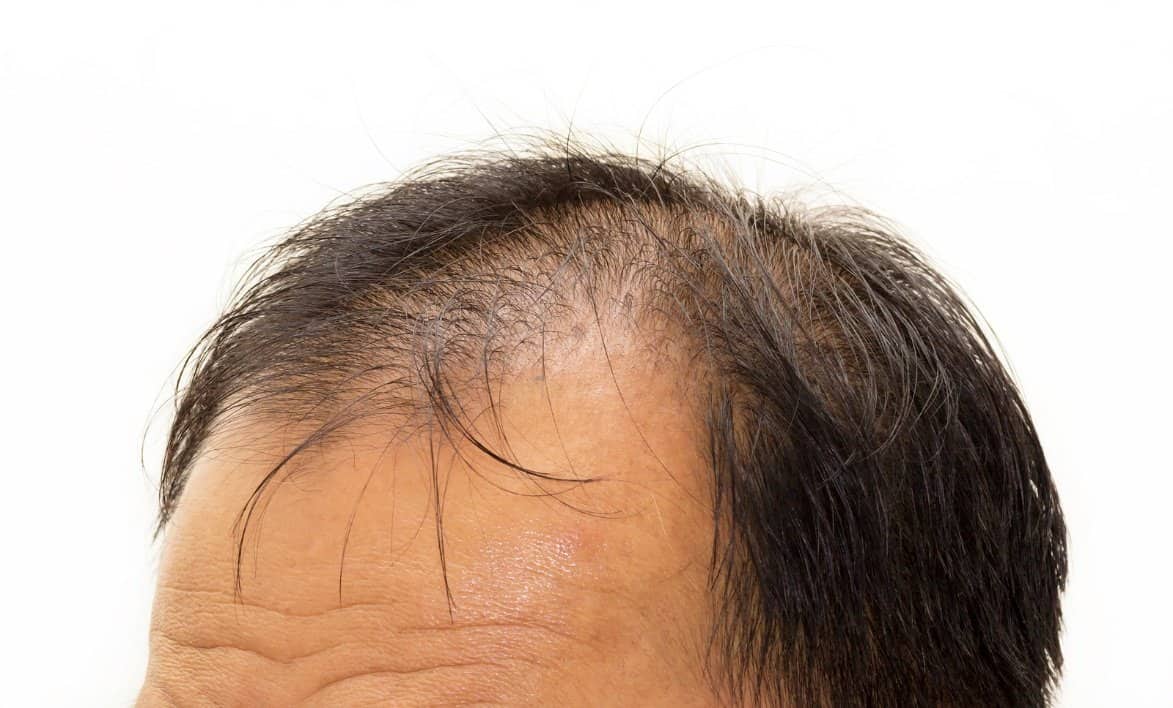Living with hair loss is an enormous challenge, especially when the situation gets severe. Fortunately, hair loss treatments like follicular unit extraction (FUE) are available to everyone.
With a suitable hair restoration technique like robotic FUE, you no longer need to be conscious about your thinning hair. Keep in mind, though, that this particular option is not for everyone. Hair restoration specialists in Toronto enumerate the different qualifications of an ideal candidate for FUE.

Suitable Hair Loss Conditions
Most of the time, FUE is suitable if you have limited hair loss, such as a small vertex balding area. Also, if you have limited alopecia due to a dermatological condition, then a hair specialist can recommend the treatment.
An ideal candidate for a ARTAS robotic hair transplant should have enough hair around their donor area to facilitate grafting. Otherwise, a specialist may prescribe medication to grow hair first before recommending you for a ARTAS robotic procedure.
Previous Scars
You can also be a good candidate for robotics FUE if you have already had previous strip surgeries that left visible scars on the scalp. The same applies to those who prefer keeping their hair short.
Hair Type
The kind of hair will also determine the eligibility for a robotic FUE process. For instance, hair restoration for an African American person needs the right expertise, as the potential for damage during extraction is higher when dealing with curly hair.
Body Transplantation
Other than helping people regain the fullness of their crowning glory, FUE hair transplant is also used to transplant body hair. In fact, it is the only technique that makes it possible. The body or even the beard can serve as a donor area.
The procedure also requires minimal healing time, letting you resume your normal activities in no time.
Inadequate Laxity
While you may fit into any of the aforementioned qualifications, keep in mind that the procedure tends to favour an individual with overly tight scalp skin. A scalp with insufficient laxity would make it difficult to cut a strip for grafting. Extracting follicular units straight from the donor area would be more suitable in this specific situation.
FUE has become a popular option for surgical hair restoration. However, you should understand the requirements that would make you a suitable candidate for the procedure. As always, you can talk to a specialist first to prepare yourself for the procedure.
Sources
Follicular Unit Extraction, www.ncbi.nlm.nih.gov












